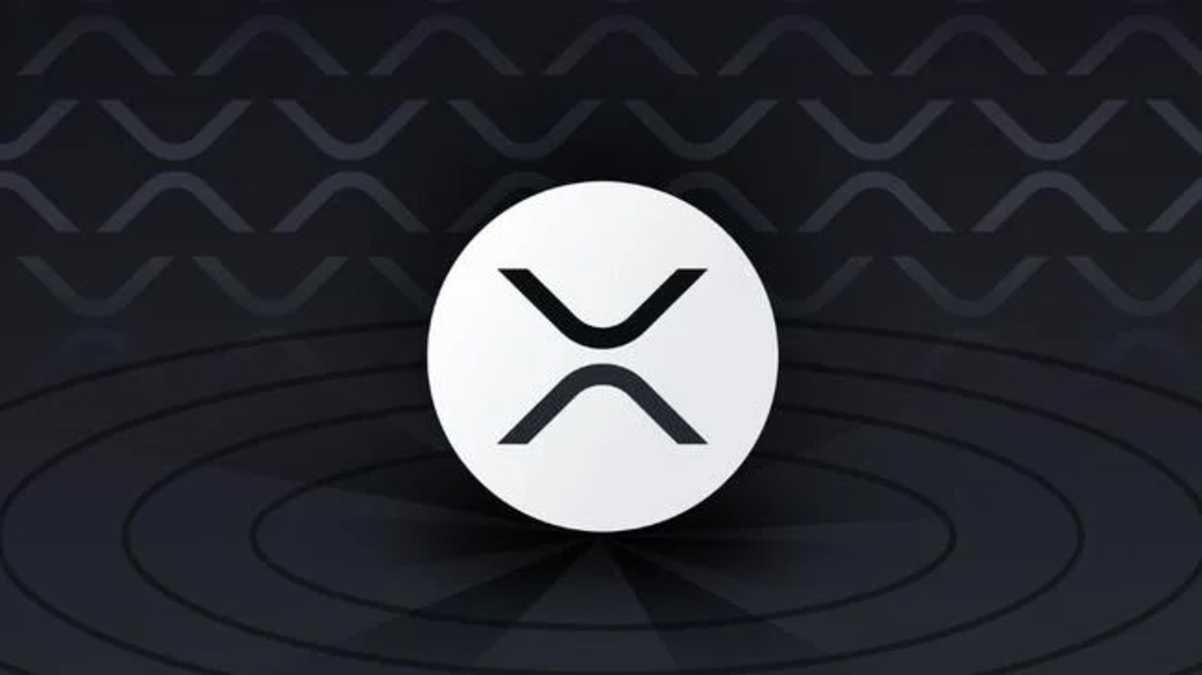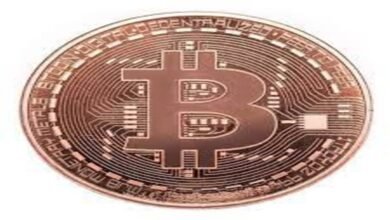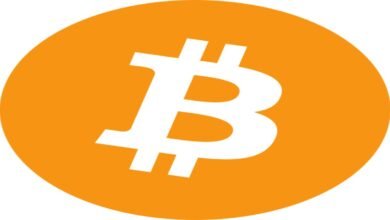
XRP’s Role in the Future of Finance: Transforming Global Payments
As the financial world increasingly embraces digital innovation, XRP has positioned itself as a key player in the transformation of global finance. With its powerful combination of speed, cost-efficiency, and scalability, XRP is poised to revolutionize how we think about money transfers, cross-border payments, and the broader landscape of financial services. Let’s explore how XRP is shaping the future of finance and its growing importance in the digital economy.
The Need for a New Financial Infrastructure
The financial industry is experiencing a period of rapid change. Traditional banking systems have long been plagued by inefficiencies—high fees, slow processing times, and limited access to global markets. In an increasingly interconnected world, businesses and individuals require faster, cheaper, and more reliable ways to send and receive payments. XRP, as part of the Ripple network, offers a groundbreaking solution to these challenges, enabling financial institutions to offer real-time, cross-border payments at a fraction of the cost.
One of the key drivers of XRP’s adoption is the need for modernized infrastructure to support the growing demands of the global economy. The traditional financial system is based on outdated protocols that were designed before the rise of the internet, and they struggle to keep up with the pace of global commerce today. XRP provides a fast, low-cost, and scalable alternative, ensuring that both businesses and consumers can send payments instantly, no matter where they are located.
XRP: The Bridge Between Digital and Traditional Finance
At the core of XRP’s success is its ability to seamlessly bridge the gap between traditional financial systems and the emerging world of digital currencies. While other cryptocurrencies like Bitcoin are often viewed as separate from the traditional banking system, XRP has been designed specifically to integrate with the existing infrastructure.
Ripple’s XRP Ledger allows for instantaneous settlement of payments, and the cryptocurrency itself acts as a bridge currency between different fiat currencies. This makes it easier for financial institutions to send cross-border payments without having to rely on the inefficiencies of traditional methods, such as correspondent banking or the SWIFT network.
XRP’s ability to facilitate these transactions without the need for intermediary banks has been a key factor in its rapid adoption by financial institutions. As global financial markets evolve, XRP’s integration with traditional financial networks will continue to drive its growth and help establish it as an integral part of the global financial ecosystem.
Revolutionizing Cross-Border Payments
Cross-border payments are an essential part of the global financial system. However, traditional methods of transferring money across borders are slow and expensive, taking several days to complete and incurring high fees at each stage of the process. XRP’s speed and cost-effectiveness are revolutionizing this space, making international payments not only faster but also much more affordable.
XRP is able to settle transactions in seconds, regardless of where the sender and receiver are located. This is in stark contrast to traditional systems, which can take anywhere from one to five days to process international transfers. The reduction in processing time is crucial for businesses that rely on fast payments to operate smoothly in global markets.
The cost savings associated with XRP are equally important. Traditional cross-border payment services typically involve multiple banks and intermediaries, each of which takes a cut of the transaction fee. XRP eliminates the need for these intermediaries, significantly reducing the cost of sending money across borders. This makes it an ideal solution for businesses that deal with international suppliers and customers, as well as for individuals who rely on remittances.
Ripple’s growing partnerships with major banks and financial institutions, including Santander, American Express, and PNC Financial Services, highlight the increasing confidence in XRP as a solution for cross-border payments. These partnerships are further cementing XRP’s role as a key player in the future of global finance.
XRP and Blockchain Technology in Finance
XRP is powered by blockchain technology, which has already begun to disrupt industries beyond finance, including healthcare, supply chain management, and real estate. Blockchain’s decentralized nature allows for greater transparency, security, and efficiency, and these attributes have made it particularly attractive to the financial services sector.
Ripple’s blockchain, which supports XRP, is optimized for high-speed, low-cost transactions and is designed to handle large volumes of payments at scale. Its consensus mechanism does not rely on energy-intensive mining, unlike Bitcoin or Ethereum. This makes XRP not only an efficient alternative to traditional financial systems but also a more sustainable solution in terms of energy consumption.
As blockchain technology continues to evolve, it is expected that XRP will play a significant role in the development of the financial ecosystem. Ripple is already working on projects related to central bank digital currencies (CBDCs), which are expected to play a major role in the future of money. XRP’s ability to facilitate fast, cross-border payments makes it an ideal choice as a bridge asset between different CBDCs, helping to create a more interconnected and efficient global financial system.
The Growing Demand for Digital Payments
The demand for digital payments is on the rise as businesses and consumers increasingly turn to electronic solutions for their financial needs. In particular, the COVID-19 pandemic has accelerated the adoption of digital payments and online transactions. This shift has led to a greater need for fast and secure payment systems that can accommodate the growing volume of digital transactions.
XRP, with its ability to process transactions in seconds, is uniquely positioned to meet this demand. Its scalability ensures that it can handle a high volume of transactions, making it suitable not only for cross-border payments but also for microtransactions and everyday consumer payments.
Ripple’s partnerships with payment providers like MoneyGram, along with its ongoing work with central banks and financial institutions, ensure that XRP will continue to be a key player in the evolution of digital payments. As more businesses and consumers embrace digital payments, XRP’s role in facilitating these transactions will only become more critical.
A Bright Future for XRP in the Digital Economy
The future of XRP is bright, and its role in shaping the future of finance is undeniable. As the financial sector continues to move towards greater digitalization, XRP will continue to serve as a vital bridge between traditional finance and the digital economy. Its ability to provide fast, low-cost, and secure payments across borders makes it an essential tool for businesses and consumers alike.
XRP’s growing adoption by financial institutions, governments, and businesses worldwide further reinforces its importance in the evolving financial ecosystem. As the demand for more efficient payment systems continues to grow, XRP’s role in driving this transformation will only increase.
In conclusion, XRP is not just a cryptocurrency—it is a powerful tool that is transforming how the world thinks about money and payments. With its ability to facilitate cross-border payments, integrate with existing financial systems, and support the rise of blockchain technology, XRP is positioned to play a central role in the future of global finance. As digital currencies and blockchain solutions continue to disrupt traditional systems, XRP’s impact on the financial world will only grow, helping to create a more efficient, inclusive, and connected global economy.



